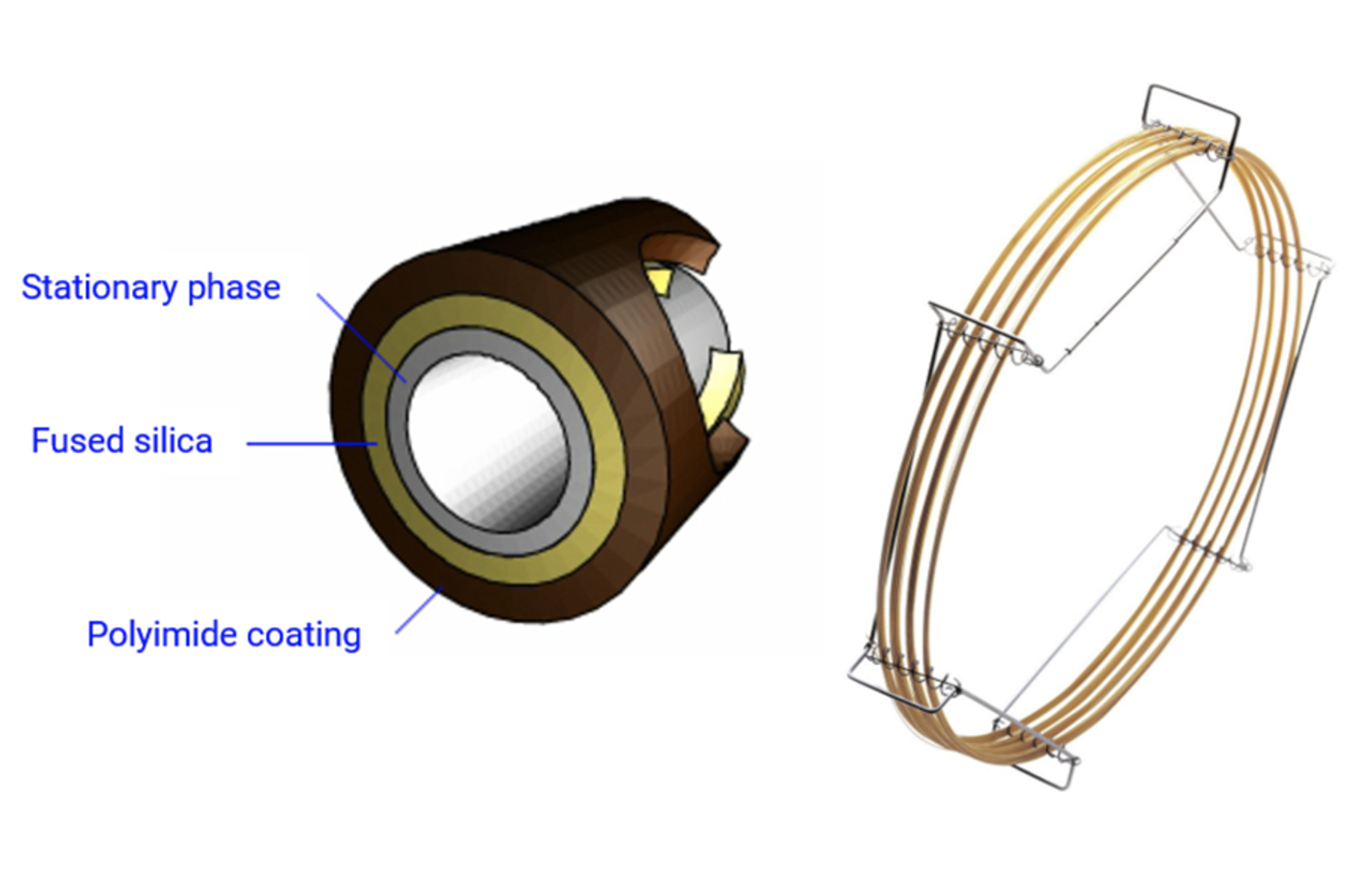GC Columns
Capillary columns were first used and patented by Golay in 1958/9, but were not widely used until the late 1970's, after which they have steadily grown in popularity. Today the vast majority of GC applications are developed or run using capillary columns. The selection of the correct stationary phase is one of the most critical parameters in the success of any GC method. The aims of this module include the comparison and contrast of packed and capillary columns. A revision session of of fundamental intermolecular interactions is included in order to relate the various types of interaction to retention in GC. We will explore various stationary phase types and explain the critical factors in choosing a phase. The important physical parameters of capillary GC columns and their relationship with retention, resolution and efficiency in GC separations is investigated. Column bleed and how to minimize it is introduced, and good practice for column installation and conditioning highlighted.
At the end of this unit you will be able to recognize and explain the various interactions that occur between analytes and stationary phases in GC, select an appropriate stationary phase for various analyte and application types, select appropriate column dimensions for various application types, demonstrate a good understanding of how to manipulate column physical parameters in order to obtain good quality separations in a reasonable time frame, and explain the principles of good column handling, installation, and conditioning in a practical context.
Topics include:
- Open tubular capillary columns
- Comparison of packed and capillary columns
- Chemistry review - analyte and stationary phase polarity
- Electronegativity
- Dispersive interactions
- Dipole interactions
- Hydrogen bonding
- Stationary phases - polysiloxanes
- Polysiloxane classifications
- Stationary phases - polyethylene glycols
- Stationary phase selection
- Phase selection - dispersive phases
- Phase selection - dispersive interactions and polarity
- Phase selection - diople interactions and hydrogen bonding
- Stationary phase selection - PLOT columns
- Stationary phase selection summary
- Stationary phases for packed column GC
- Column dimensions- length
- Column dimensions - internal diameter
- Column dimensions - film thickness
- Column dimensions - phase ratio
- Carrier gas flow rate
- Column bleed
- Column installation and conditioning
- Exercises in column selection

